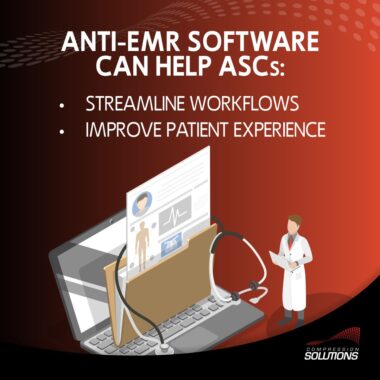Are Ambulatory Surgery Centers (ASCs) done with electronic medical records (EMRs)? As the healthcare landscape changes, there is a high demand for cost-effective outpatient procedures. A 2022 Leapfrog survey shows that patients prefer ASCs to hospital outpatient departments.
To cater to this growing demand, ASCs are focused on:
- Hyper-streamlining workflows
- Improving patient experience
Higher case volumes are great, but this also means that there is more documentation involved. Also, as ASCs are already working with lower margins, there is greater pressure to shorten billing and reimbursement cycles. Traditional EMRs and EHRs and EHRs (electronic health records) are struggling to keep up with these changing times. As a result, surgeons, nurses, and ASC staff can find the entire process of documentation inefficient and overwhelming.

Let’s look at the top challenges with Electronic Medical Records in ASCs.
1. EMRs focus on a patient’s medical data, not experience
EMRs store and retrieve data well, as they are designed to do. However, the world of healthcare has evolved to focus on enhancing patient satisfaction and the entire end-to-end patient journey. EMRs and EHRs are woefully behind in helping capture this information at regular touch points.
2. EMRs are clunky and prone to glitches. Capturing op notes is difficult.
For high-volume, low-margin facilities like ASCs, efficiency is key. Workflow must be streamlined to cater to higher case volumes without compromising on patient safety and quality of care. After grueling days of back-to-back surgeries, surgeons dictate op notes to a medical transcriber or into a speech-to-text software.
Once a draft is composed, surgeons must review it, go through multiple rounds of edits, and approve the final version before it is sent for billing. The process is prone to errors, miscommunication, and delays. The billing department often ends up following up with surgeons to verify information, request more data, and correct any inaccuracies. This takes precious time away from patients and caseloads, and surgeons can get burned out.
Despite these issues, high-volume centers can end up paying thousands of dollars in dictation fees. ASCs need more convenient solutions for surgeons to record their op notes accurately.
3. Delays or inaccuracies in documentation can lengthen revenue cycle
Creating complete and accurate charge sheets for reimbursement can be a huge challenge for ASCs. The issue is compounded by the fact that ASCs have limited in-person interactions with patients compared to hospitals. It’s a good thing; patients prefer ASCs for their same-day discharges.
However, there is a lot of patient information to gather and compile, before surgery and after. Trying to confirm insurance details or more after a patient has been discharged can be extremely challenging and involves a lot of follow-up communication. Errors, missing signatures, incorrect coding, misplaced consent forms, and more can lead to longer Days in Accounts Receivable (A/R) or even rejections from payers.
4. EMRs have a steep learning curve
Traditional EMR and EHR solutions can be difficult to operate. For new learners, it can take a long time to navigate workflows on a new platform. However, in a fast-paced environment where resource shortages are at an all-time high, time to learn is a luxury. ASCs need quick, intuitive technology that is easy for patients, front-end staff, nurses, surgeons, and everyone to use.
5. Electronic medical record software can be expensive, hard to install and integrate
EMR and EHR platforms are expensive, and implementation can be time consuming. Smaller facilities may find it challenging to devote the time and resources towards EMR integration, particularly when ASCs are not mandated to do so. Even after the initial implementation phase, EMRs require ongoing IT support services to troubleshoot regular issues.
The need for cost-effective, easy-to-use solutions is clear. ASCs need a web-based outcome collection, operative reporting, coding, and billing services platform, like Pro-Mapp.
With Pro-Mapp, ASCs can:
- Eliminate busy work and save money on dictation. Surgeons can capture op notes using hundreds of pre-loaded and coded templates on a mobile device. These forms can be sent out as soon as the patient is in recovery
- Follow up on patients easily. Pro-Mapp users see a 99.9% completion rate with tracking patient recovery
- Use charge sheets that have been digitally compiled to help shorten the revenue cycle
- Use less paper and automate processes for greater efficiency
- Reduce dependency on IT for EMR-related technical glitches, software issues, and more
Interested in learning more about our anti-EMR software? Check out this free e-book.
